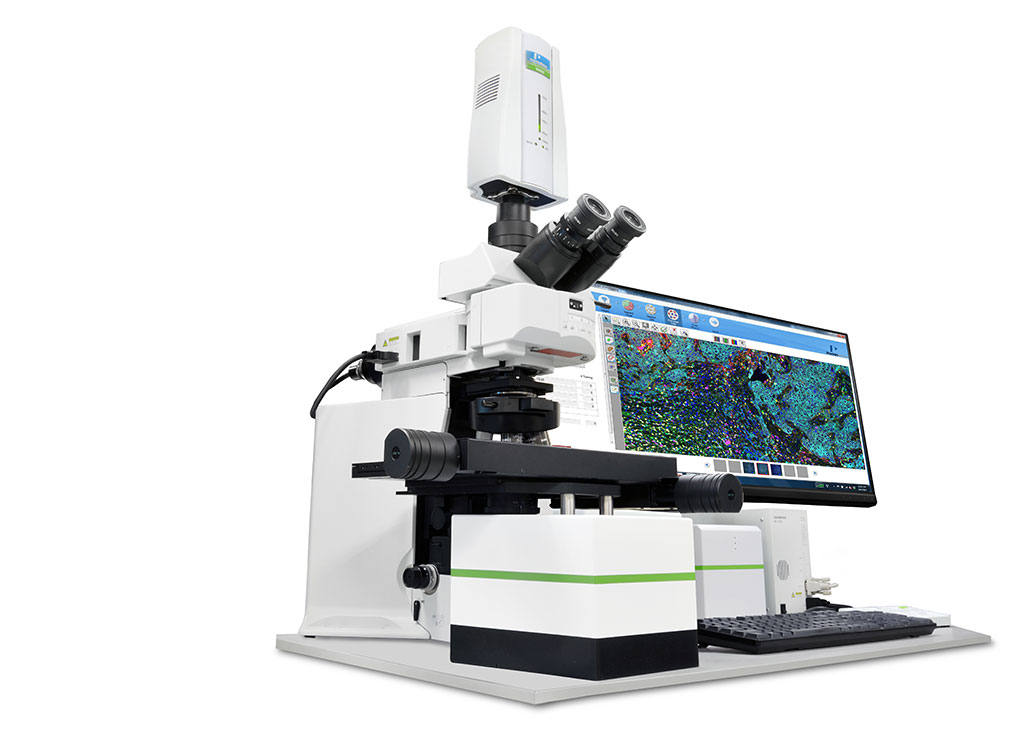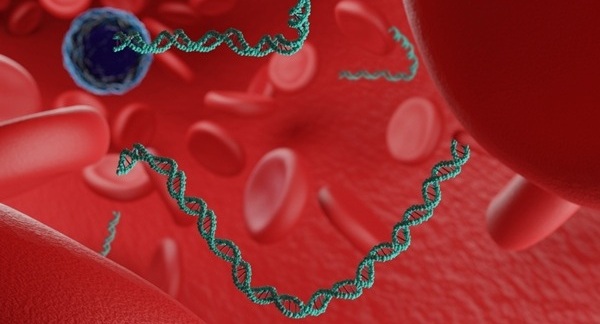Immunohistochemistry Biomarkers Used to Subtype Gastric Intestinal Metaplasia
Posted on 04 May 2022
Gastric cancer (GC) is the fifth most common and third most lethal cancer globally. Patients with GC are often asymptomatic, with presentation occurring at advanced stage, and a low 5-year survival rate in most countries. Intestinal metaplasia is considered a key pivot point in the Correa model of GC.
The Correa model describes histologically defined conditions initiated by Helicobacter pylori infection, from chronic gastritis (ChG) to atrophic gastritis, intestinal metaplasia (IM), dysplasia and finally to the intestinal type of GC. Successful H. pylori eradication treatment in the early stages of this cascade can reverse the process, but in a subset of IM patients, eradication does not prevent them from progressing to GC suggesting that IM is a key point in gastric carcinogenesis.

Gastroenterologists at the Royal Melbourne Hospital (Melbourne, Australia) and their colleagues selected CD10 and Das1 as candidate biomarkers to distinguish complete and incomplete IM glands in tissues from patients without GC (IM-GC) and patients with GC (IM + GC). H&E stained gastric IM tissue samples collected post-endoscopy/gastrectomy were subtyped at the time of collection by the in-house pathologist. Individual IM glands were subtyped as complete or incomplete with principal criteria being the presence of a brush border and gland morphology.
Immunohistochemistry (IHC) was performed on sequential 4 μm formalin-fixed, paraffin-embedded (FFPE) sections. Anti-CD10 staining was carried out using both single IHC and as part of a multiplex IHC panel. Multiplexed IHC stained sections were scanned and visualized on a VECTRA imaging system (Canfield Scientific, Parsippany, NJ, USA). Das1 staining was performed with overnight incubation of the primary antibody and slides were scanned on a VS120 slide scanner microscope and imaged using cellSens Dimension software (Olympus, Tokyo, Japan).
The scientists reported that across both cohorts CD10 stained the IM brush border and was shown to have a high sensitivity (87.5% and 94.9% in IM-GC and IM + GC patients respectively) and specificity (100.0% and 96.7% respectively). By contrast Das1 stained mainly goblet cells and the apical membrane of epithelial cells, mostly of incomplete IM glands with a low sensitivity (28.6% and 29.3% in IM-GC and IM + GC patients respectively) but high specificity (98.3% and 85.1% respectively). Whole tissue digital quantification of Das1 staining showed a significant association with incomplete IM compared to complete IM, both in IM-GC and in IM + GC patients. Additionally, complete IM in IM + GC patients exhibited significantly more Das1 staining than in IM-GC patients.
The authors concluded that overall CD10 was shown to be an outstanding biomarker for complete IM and Das1 was shown to have potential as an additional risk-associated biomarker when used in combination with digital imaging quantification. Their clinical use could lead to better patient stratification with improved targeted surveillance of IM patients, ultimately leading to prevention or early detection of GC. The study was published on April 21, 2022 in the journal BMC Gastroenterology.
Related Links:
The Royal Melbourne Hospital
Canfield Scientific
Olympus













